Worm Gearbox for Garbage Compactors
Worm gearboxes are an integral part of many industrial applications, thanks to their high torque output, efficiency, and durability. One such application where the advantages of worm gearboxes stand out is in garbage compactors. This blog explores the benefits of worm gearboxes in garbage compactors, the working principle of a worm gear motor, and how to select the right worm gear reducer.
Applications of Worm Gearboxes in Garbage Compactors
Garbage compactors, also known as trash compactors, are machines that reduce the size of waste material through compaction. Worm gearboxes play a pivotal role in the operation of these machines. Let's delve into why worm gearboxes are well-suited for this application.
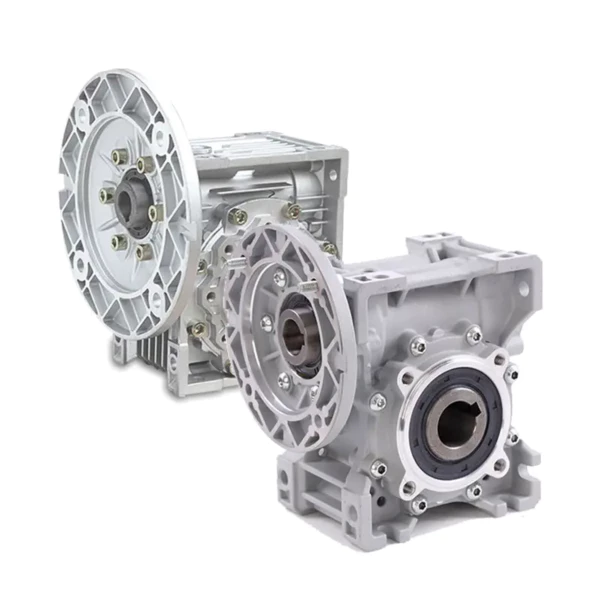
Advantages of Worm Gearboxes in Garbage Compactors
- High Torque Output: Worm gearboxes provide high torque output, making them ideal for garbage compactors that require substantial force to compress waste material.
- Efficiency: These gearboxes are incredibly efficient, ensuring smooth and continuous operation of the compactors.
- Durability: Given the harsh conditions under which garbage compactors work, the robust and durable nature of worm gearboxes guarantees long-lasting performance.
- Compact Design: The compact design of worm gearboxes allows for easy installation in garbage compactors where space is often a constraint.
- Low Noise: With their smooth operation, worm gearboxes contribute to the low-noise operation of garbage compactors, a critical feature in urban settings.
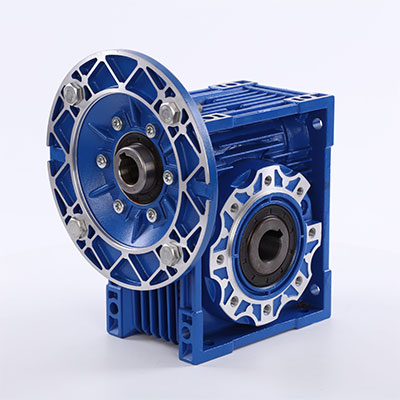
Working Principle of Worm Gear Motor
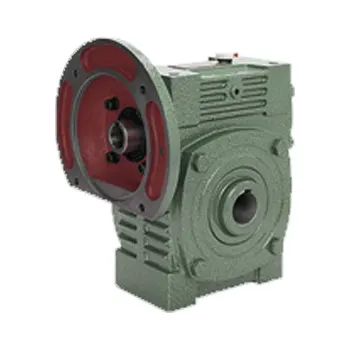
The worm gear motor consists of a worm (a screw) and a worm gear (a toothed wheel), enclosed in a gearbox. When the worm rotates, it drives the worm gear, resulting in an output motion at the shaft. The design enables high torque output and smooth operation, ideal for heavy-duty applications such as garbage compactors.
Selecting the Right Worm Gear Reducer
Choosing the correct worm gear reducer for your garbage compactor involves consideration of several factors:
- Load Requirements: The reducer must be capable of handling the compactor's load requirements, considering both static and dynamic loads.
- Speed Requirements: The reducer should meet the compactor's speed requirements for efficient operation.
- Size and Mounting: Ensure the reducer fits in the available space and can be mounted correctly.
- Environmental Conditions: The reducer should be able to withstand the operating environment, including temperature, humidity, and potential exposure to corrosive substances.
- Cost: The reducer should be within your budget without compromising on performance and durability.
Motors for Worm Gear Reducers
Electric motors and worm gear reducers work hand in hand. The electric motor powers the worm gear, providing the necessary rotation for output motion. Our company also offers a range of high-quality electric motors designed to work seamlessly with our worm gear reducers.
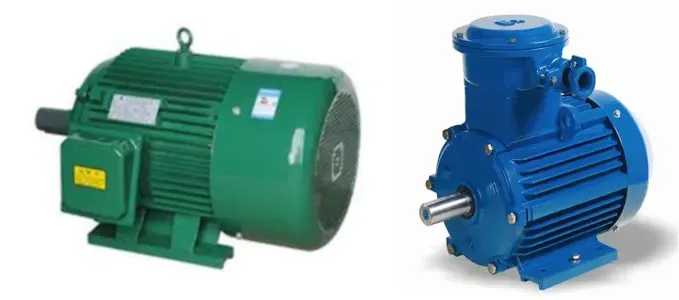
Why Choose Our Worm Gearboxes?
We are a comprehensive transmission equipment manufacturer with over 15 years of experience. Our products are widely used in various industries, including the equipment industry, food industry, car washing industry, packaging industry, transmission industry, automation industry, and solar energy industry.
By choosing our worm gearboxes for your garbage compactors, you stand to benefit from our industry-leading manufacturing capabilities, competitive pricing, and unwavering commitment to quality and customer satisfaction.
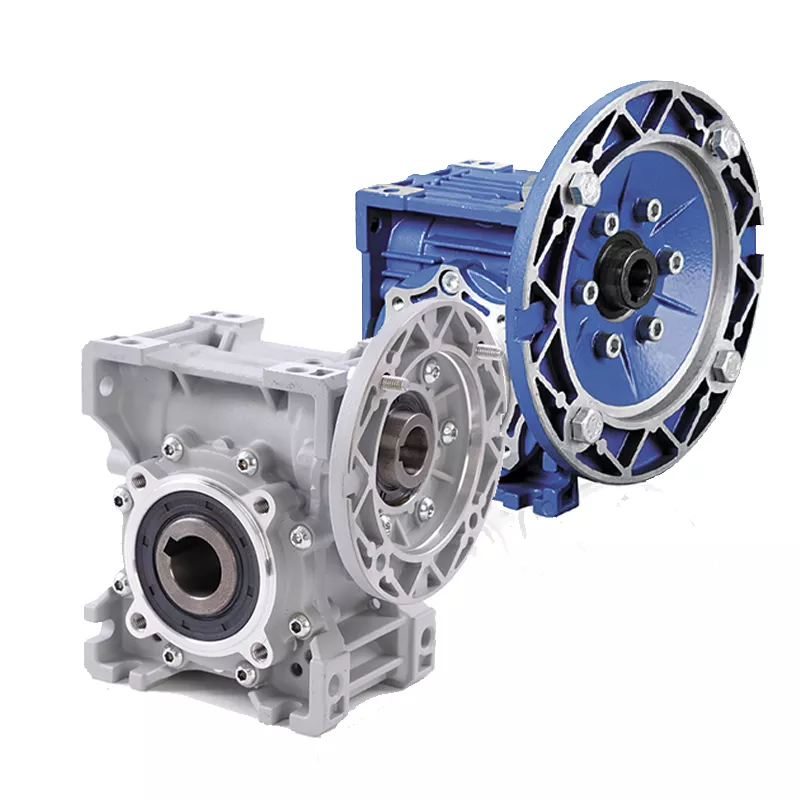
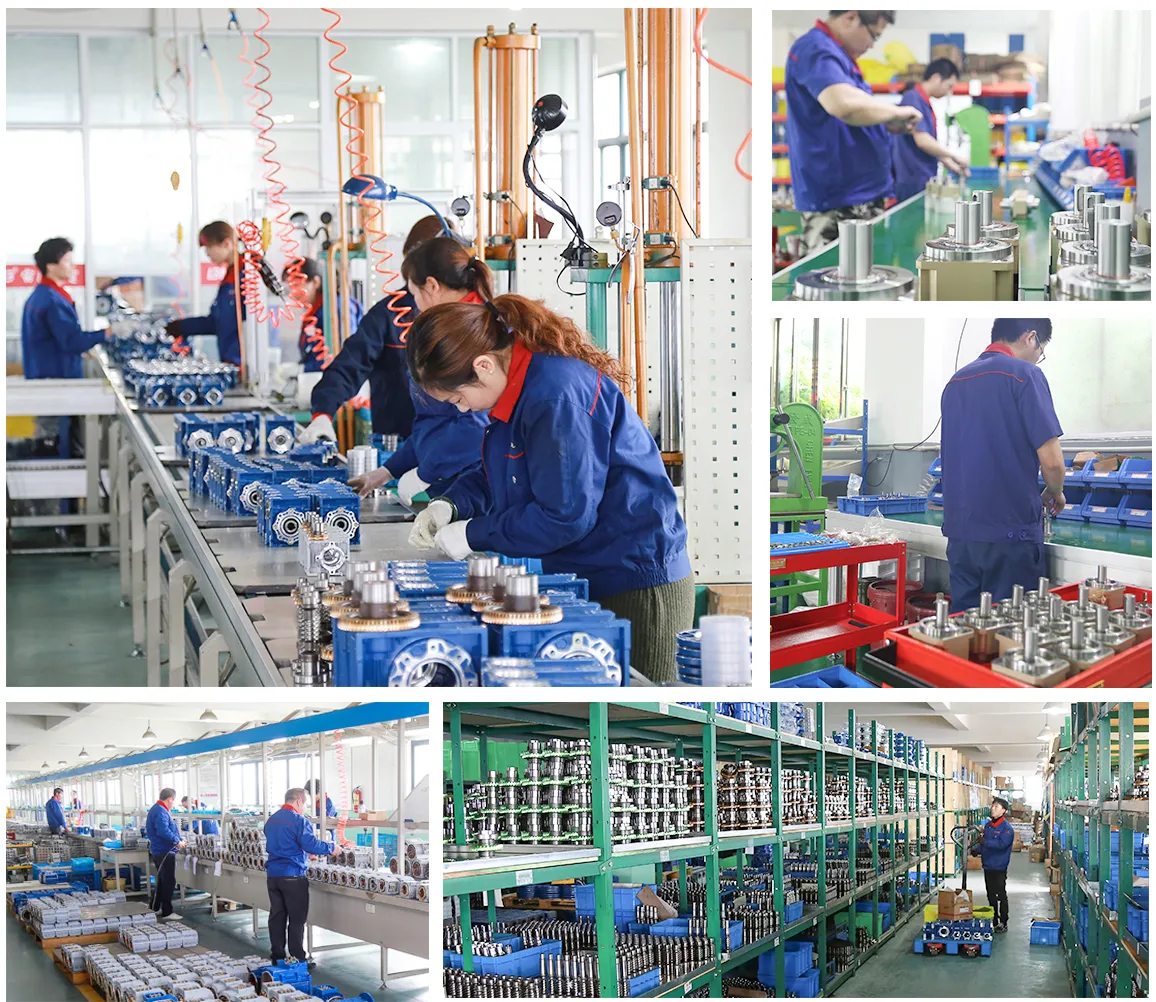
Take Action Now!
Are you ready to leverage the advantages of our worm gearboxes for your garbage compactors? Don't hesitate to explore our products and contact us for purchases. Let's work together to make waste management more efficient and sustainable!
FAQs
1. What makes worm gearboxes suitable for garbage compactors?
Worm gearboxes offer high torque output, efficiency, durability, compact design, and low noise operation, making them ideal for garbage compactors.
2. How does a worm gear motor work?
The worm, when rotated by an electric motor, drives the worm gear, resulting in an output motion at the shaft.
3. What factors should I consider when selecting a worm gear reducer?
Consider load requirements, speed requirements, size and mounting, environmental conditions, and cost when selecting a worm gear reducer.
Edited by Zqq.
